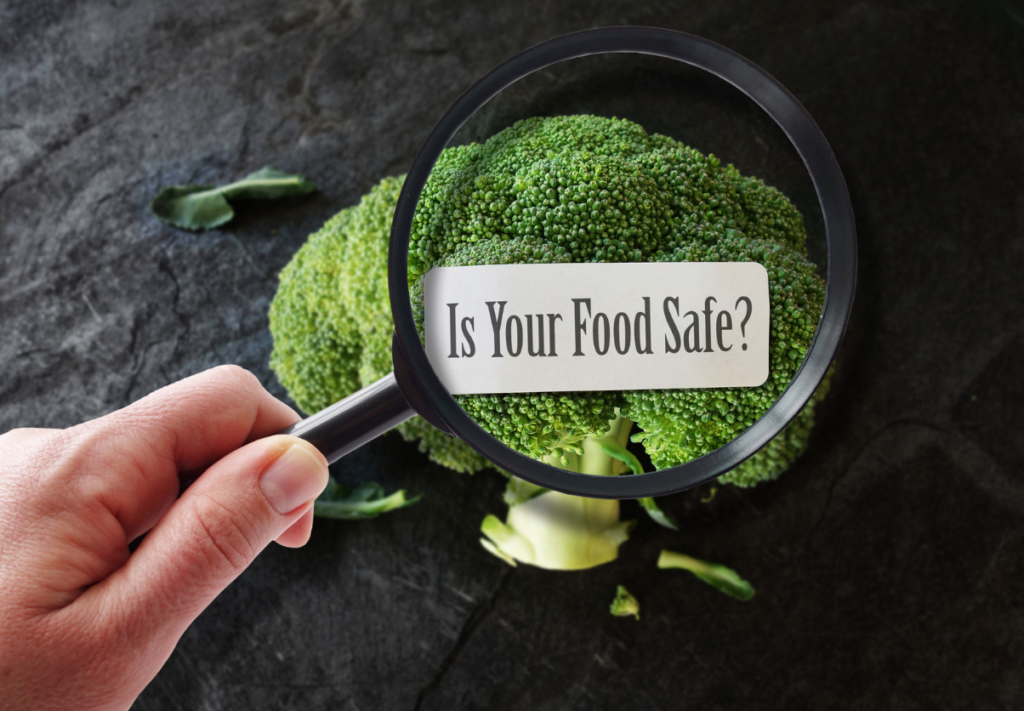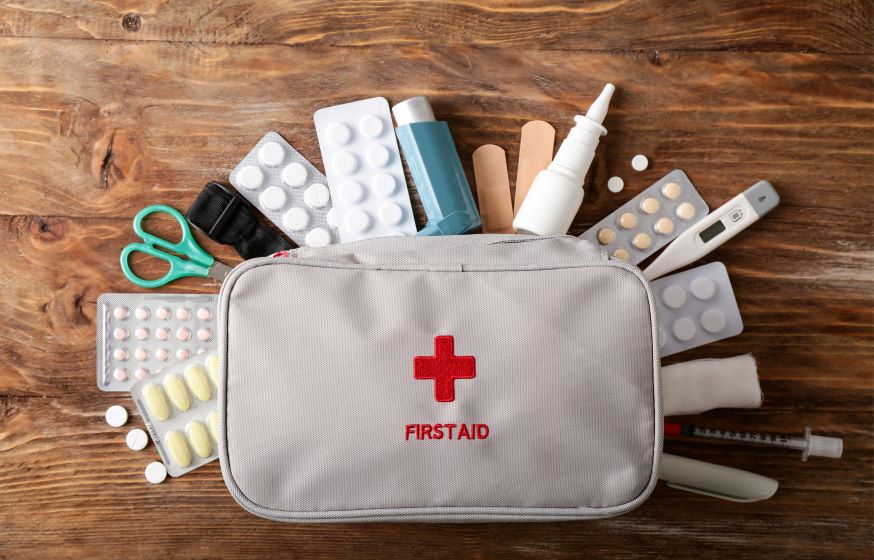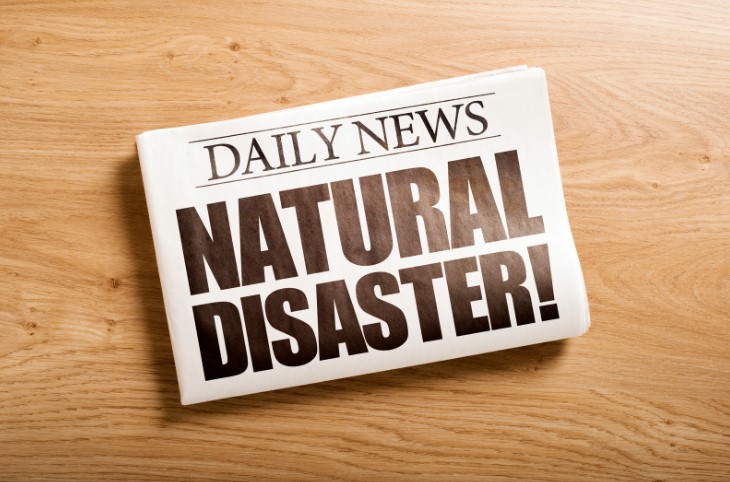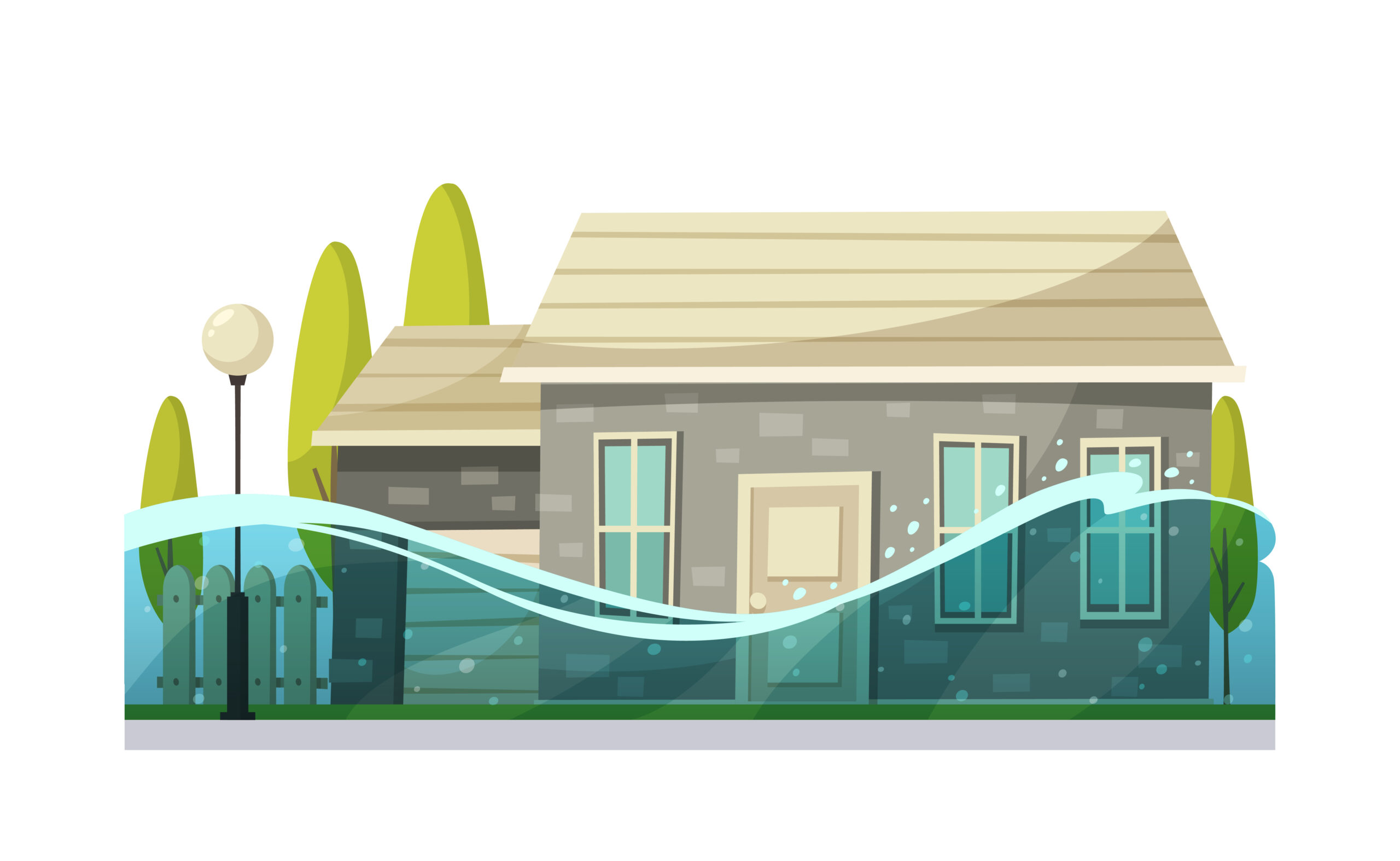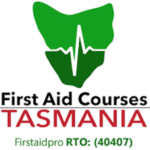Prevent Illness with These 4 Food Safety Tips: Foodborne Illness or food poisoning is a common sickness that occurs after swallowing food that has been contaminated with germs or toxic substances.
Following food safety tips and knowing first aid can help protect you and your loved ones from food-related diseases.
Causes Of Foodborne Illness
According to food safety news, Australia sees over 4.1 million cases of food poisoning every year, which often result in hospitalisations, deaths, and frequent doctor visits.
While food poisoning can happen to anyone, certain groups are at the highest risk for severe illness. These include children, pregnant women, the elderly (65 years and older), and those with chronic health conditions. These groups largely contract an illness as their body’s ability to fight germs and sickness is not effective as it once was.
7 Common Causes Of Foodborne Illnesses
- Failing To Cool Foods Properly – Cool down foods by placing hot food in shallow pans or use an ice bath. For large items (such as turkeys o roasts), put some slices to aid in cooling and then placed in shallow pans.
- Cross-contamination – Avoid using the same board and knife to prepare salads, without washing or sanitising, to prevent cross-contamination.
- Personal Hygiene – Proper hand washing is one of the best way to prevent the spread of infection and promote food safety practices.
- Improper Reheating – Leftover foods must be reheated rapidly to at least 165°F to avoid spoilage.
- Improper Hot Holding – After the food is cooked, hot foods must be kept at 140°F or above. For cold foods, they must be kept at 40°F or below.
- Mixing Raw Foods With Cooked Foods – This practice is a no-no, as uncooked foods contain harmful bacteria that could make you and your family sick
- Food From Unapproved Sources – All food must be obtained from trsuted sources that follows all food labelling laws and guidelines.
- Improper Cleaning – Wash, rinse, and sanitise equipment and utensils before and after use. Following proper sanitation means the removal of harmful microorganisms.
All these can result in food poisoning or foodborne Illness.
Symptoms Of Food Poisoning
Food poisoning symptoms can start hours after consuming the contaminated food. The symptoms may vary depending on the source of contamination, and the doctor will often diagnose the condition based simply on the initial symptoms.
Most types of food poisoning can cause one or more symptoms, including:
- Nausea
- Diarrhea
- Vomiting
- Stomachaches or stomach cramps
- Fever
- Headache
- Muscle and joint aches
- Blood in the stool
Another common side effect of food poisoning is dehydration, which can make your mouth and throat feel dry. It is a severe loss of water, essential salts, and minerals in the body which can cause serious complications if left without treatment.
Dehydration can also make you feel dizzy, and peeing does not come as often as you typically do. On rare occasions, food illness can result in blurry or double vision, tingling sensation, or feeling of weakness.
Infants, older adults, and people with chronic illnesses are at high risk of severe dehydration when they lose more fluids to food poisoning. In severe cases, they may require hospitalisation and receive intravenous fluids (IV).
First Aid For Food Poisoning
First aid treatment for food poisoning will depend on the source of the illness and the severity of the symptoms. In most cases, the Illness will resolve itself and go away on its own without needing medical attention.
For mild food poisoning, drink plenty of fluids to remain hydrated. Avoid certain food choices and substances such as dairy products, caffeine, alcohol, and nicotine. Get enough rest, as food poisoning symptoms can make your body feel weak and tired.
If you suspect food poisoning, refrain from preparing food for yourself and others. Always wash your hands with soap and warm water to prevent the spread of infection.
The 4 Steps To Food Safety
Foods that are not handled properly often lead to foodborne illness. While Australia has one of the safest food supplies, preventing food poisoning and other related illnesses remains a major public health concern.
Food safety can be achieved by following these four easy steps – Clean, Separate, Cook, and Chill.
1. Clean
Cleanliness is a major factor in preventing food-related Illness. Aside from the food safety inspection and monitoring from the government, it is your responsibility to ensure that food is handled safely upon purchase. When it comes to food, everything should be clean.
It is worth mentioning that the germs and bacteria that cause foodborne illness can survive in many places in your kitchen. These include food, hands, utensils, cutting boards, and countertops.
To make sure everything is clean, wash your hands and surfaces often. Proper handwashing is one of the most effective ways to prevent foodborne Illness. The CDC recommends washing your hands with soap and clean water for at least 20 seconds. Make sure to scrub the back part of your hands, between fingers, and under your nails.
2. Separate
Separation is the key to preventing germs from spreading from one food to another. Do these by separating raw meat, poultry, seafood, and eggs from other foods. They should remain separate, whether it is in shopping carts, bags, or refrigeration.
Another good practice is the use of a separate cutting board for meat, poultry, and seafood and another one for produce, bread, and other foods that do not require cooking.
3. Cook
Food is cooked to the right temperature when the internal heat is high enough to kill germs that can cause sickness.
The only way to tell if the food is safely cooked is by using a food thermometer and checking its colour and texture. Learn how to correctly place the thermometer in different food choices to get an accurate reading.
4. Chill
Bacteria can rapidly spread if left in the ‘danger zone’ or at room temperature between 40°F and 140°F.
To prevent food from getting contaminated, keep the refrigerator at 40°F or below and the freezer at 0°F or below. Know when to throw away food before it spoils and refrigerate perishable food such as meat, seafood, dairy, vegetables, and cooked leftovers within 2 hours.
Conclusion
We hope you learn something from this blog on how to treat food poisoning and how to enjoy your favourite food choices without the risk of Illness.
For more safety tips and first aid recommendations, check out our blog section or enrol in a first aid course with us. View our course page to find out more.

